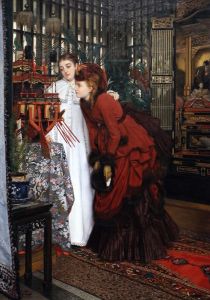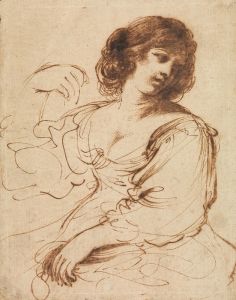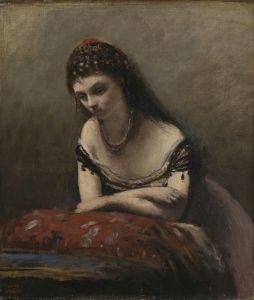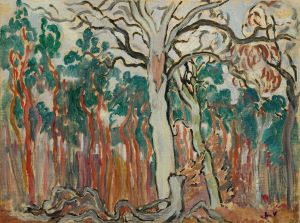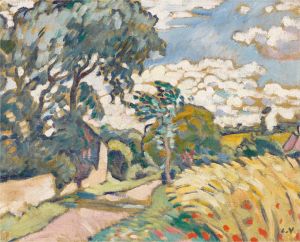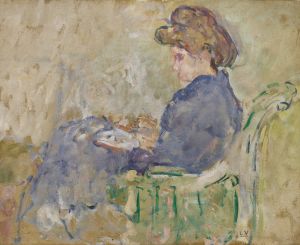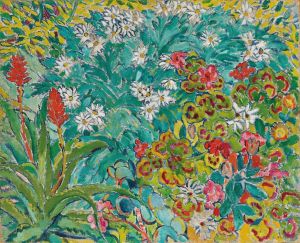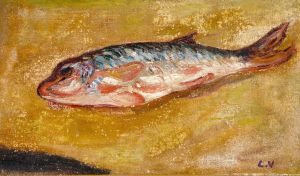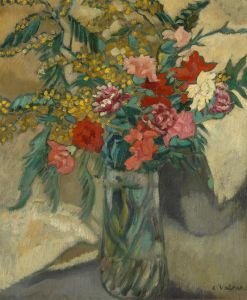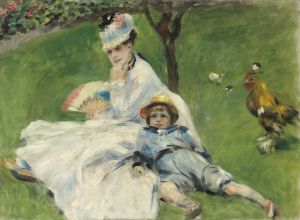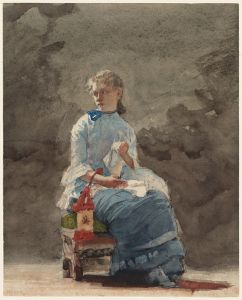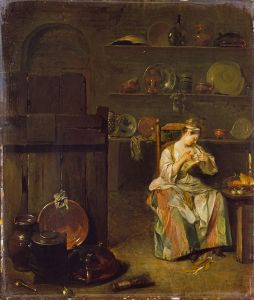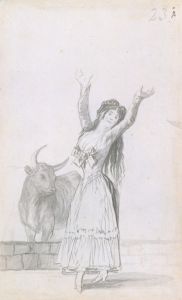
Jeune femme au chemisier rose
A hand-painted replica of Louis Valtat’s masterpiece Jeune femme au chemisier rose, meticulously crafted by professional artists to capture the true essence of the original. Each piece is created with museum-quality canvas and rare mineral pigments, carefully painted by experienced artists with delicate brushstrokes and rich, layered colors to perfectly recreate the texture of the original artwork. Unlike machine-printed reproductions, this hand-painted version brings the painting to life, infused with the artist’s emotions and skill in every stroke. Whether for personal collection or home decoration, it instantly elevates the artistic atmosphere of any space.
Louis Valtat was a French painter and printmaker associated with the Fauvist movement, known for his vibrant use of color and bold brushwork. One of his notable works is "Jeune femme au chemisier rose" (Young Woman in a Pink Blouse), which exemplifies his style and artistic contributions during the late 19th and early 20th centuries.
Valtat was born on August 8, 1869, in Dieppe, France, and grew up in a family with artistic inclinations. He studied at the École des Beaux-Arts in Paris and later at the Académie Julian, where he was influenced by the teachings of Gustave Boulanger and Jules Lefebvre. Valtat's early work was characterized by an Impressionist style, but he gradually developed a more distinctive approach that aligned with the Fauvist movement, which emphasized strong colors and expressive forms.
"Jeune femme au chemisier rose" is a portrait that captures the essence of Valtat's mature style. The painting features a young woman wearing a pink blouse, rendered with vivid colors and dynamic brushstrokes. The use of color in this work is particularly striking, as Valtat employs a palette of bright pinks, reds, and contrasting greens to create a sense of vibrancy and energy. The background is often simplified, allowing the figure to stand out and draw the viewer's attention.
Valtat's approach to portraiture often involved a focus on the emotional and psychological presence of the subject, rather than a strict adherence to realistic representation. In "Jeune femme au chemisier rose," the woman's expression and posture convey a sense of introspection and calm, inviting viewers to engage with her on a more personal level. This emphasis on the subjective experience of the subject is a hallmark of Valtat's work and reflects the broader trends in modern art during this period.
The Fauvist movement, with which Valtat is associated, was characterized by its radical use of color and a departure from traditional representational techniques. Artists like Henri Matisse and André Derain, who were contemporaries of Valtat, also explored these themes, seeking to express emotion and sensation through their work. While Valtat was not as widely recognized as some of his Fauvist peers, his contributions to the movement were significant, and his work continues to be appreciated for its boldness and innovation.
Throughout his career, Valtat exhibited his work in various salons and galleries, gaining recognition for his unique style. He participated in the Salon des Indépendants and the Salon d'Automne, where his work was well received by critics and the public alike. Despite facing health challenges later in life, Valtat continued to paint and remained active in the art world until his death on January 2, 1952.
"Jeune femme au chemisier rose" remains an important example of Valtat's artistic legacy, showcasing his ability to blend color, form, and emotion in a way that resonates with viewers. The painting is a testament to his skill as a colorist and his contribution to the development of modern art in France. Today, Valtat's works are held in various public and private collections, where they continue to be studied and admired for their innovative approach and enduring appeal.





